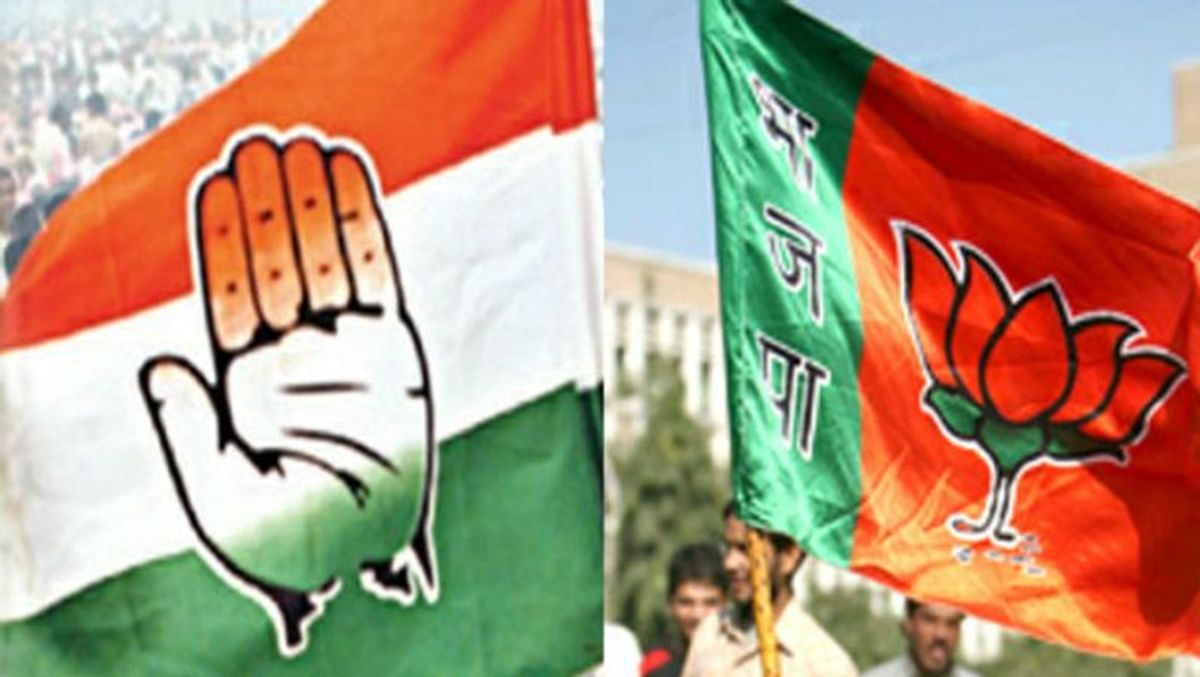BJP’s Bounty for Farmers

The Bharatiya Janata Party (BJP) has unfurled its election manifesto, promising a cornucopia of benefits for farmers across the country. Let’s break down what they’re offering:
- Increase in MSP: BJP will Consider increase in MSP for major crops.
- Agricultural Reforms: The BJP vows to continue its agricultural reforms, which could mean more options for farmers to sell their produce beyond traditional markets.
- Infrastructure Investment: They pledge hefty investments in agricultural infrastructure, potentially improving productivity and reducing post-harvest losses.
- Financial Support: Direct income support schemes like PM-KISAN will be sustained, providing much-needed financial assistance to farmers. Currently, providing annual financial assistance of ₹6,000 under PM Kisan Samman Nidhi Yojana.
- Doubling Custom Hiring Centers: Government have already established 25,000 custom hiring centers. BJP claimed to double the number of custom hiring centers, focusing on making agricultural machinery and equipment at stable prices.
- Read more about Custom Hiring Center here – Custom Hiring Centre: 6 Solution for Mechanized Agriculture (timesofagriculture.in)
- Crop Insurance: The BJP promises to enhance crop insurance schemes, offering better protection against natural calamities and price fluctuations.
- Agri-Tech Promotion: Initiatives to promote agricultural technology and innovation could modernize farming practices and boost efficiency.
- Krishi Satellite: The BJP promises to launch indigenous Bharat Krishi satellite for farm-related activities like crop forecasting, whether forecasting, etc.
Congress’s Crusade for Farmer Welfare

The Indian National Congress, on the other hand, presents its manifesto with promises tailored to alleviate the woes of farmers. Let’s see what they have in store:
- MSP Guarantee: Congress vows to guarantee Minimum Support Prices for a wider range of crops, ensuring farmers receive fair compensation for their produce.
- Sustainable Agriculture: Congress emphasizes investment in sustainable agricultural practices like organic farming and agroecology, promoting long-term sustainability.
- Retail Markets in large villages and small town: The party commits to rural infrastructure development, to establish farmers’ retail markets in large villages and small towns to enable the farmers to bring their produce and sell the same to consumer
- R&D: Congress claimed to double the funding for R&D in agriculture in next five years.
- Solar energy: Congress also claimed to launch a major program to install solar panels connected to tube wells to generate energy.
- Import Export Policy: Congress will formulate and implement a sound import-export policy for agricultural commodities, which will give paramount importance to protecting the interests and concerns of farmers
- Agricultural college per district: In co-ordination with state governments, Congress claimed to ensure that one agricultural college and one veterinary college is established in every district of the country
The Farmer’s Dilemma: Choosing Between the Two
As a farmer, you’re faced with a tough decision – which manifesto holds the key to your prosperity? Here are some factors to consider:
- Policy Effectiveness: Analyze the potential impact of each party’s policies on your farm’s productivity and profitability.
- Credibility: Consider the track record of both parties in fulfilling their promises to farmers in the past.
- Long-Term Vision: Look beyond short-term benefits and assess which manifesto offers a sustainable vision for the future of agriculture.
- Community Feedback: Engage with fellow farmers and agricultural experts to gather insights and opinions on the manifestos.
- Personal Priorities: Ultimately, choose the manifesto that aligns best with your values, aspirations, and vision for your farm’s future.
In conclusion, the 2024 elections present a crucial opportunity for farmers to shape the future of Indian agriculture. So, weigh your options carefully, vote wisely, and let your voice be heard in the fields of democracy.
Also check Why Indian Farmer is poor – Why Indian Farmer is Poor? – ASPAGrow



